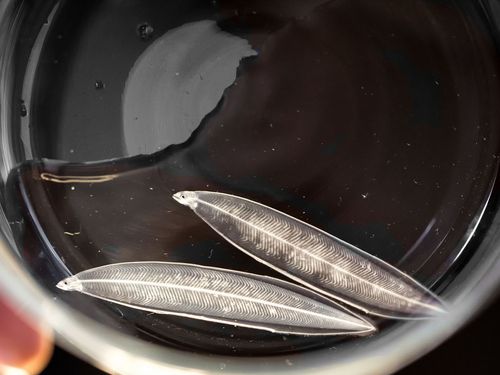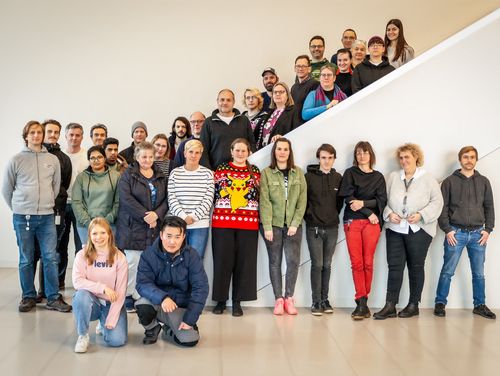

Institut für
FI Fischereiökologie
Aktuelles

Solche Sätze kennen wir vom Arztbesuch. In Fischurin nach TNT-Metaboliten zu suchen war bisher nicht üblich.

Der Europäische Aal ist eine gefährdete Tierart. Seine Larven wandern von der Sargassosee bis nach Europa. Forschende des Thünen-Instituts für Fischereiökologie zeigen erstmals, wie die Larven Strömungszyklen der Meerenge von Gibraltar nutzen, um vom Atlantik ins Mittelmeer zu gelangen.

Das Thünen-Institut für Fischereiökologie setzt auf Wachstum.
Institutsleitung
Stellvertretende Institutsleitung
Sekretariat
Institut für
FI Fischereiökologie
27572 Bremerhaven
Publikationen
- 0
Salehi H, Reiser S, Focken U (2025) Assessment of the nutritional and effluent properties of potential fish-meal-free diets for rainbow trout (Oncorhynchus mykiss W.) in Iran. Aquaculture Int 33(3):165, DOI:10.1007/s10499-025-01841-z
- 1
Freese M, Marohn L, Ferrer L, Pohlmann J-D, Wysujack K, Blancke T, Hanel R (2025) Details on the transport of European eel larvae through the Strait of Gibraltar into the Mediterranean Sea. Sci Rep 15:1006, DOI:10.1038/s41598-024-82929-z
- 2
Dahlke FT, Focken U (2025) Duale Flächennutzung durch Aquakultur und Photovoltaik in Vietnam . Bremerhaven: Thünen-Institut für Fischereiökologie, 2 p, Project Brief Thünen Inst 2024/04, DOI:10.3220/PB1706615529000
- 3
Ellrich JA, Kozian-Fleck C, Brand M, Colsoul B, Pogoda B (2025) Ecological reef restoration: consumptive and nonconsumptive interactions among common North Sea predators and European oysters. Front Environ Sci 13:1509318, DOI:10.3389/fenvs.2025.1509318
- 4
Freese M, Blancke T, Marohn L, Pohlmann J-D, Sundin J, Wysujack K, Hanel R (2025) Genetically confirmed first records of an egg and a juvenile roundscale spearfish, Tetrapturus georgii. J Fish Biol: Online First, Jan 2025, DOI:10.1111/jfb.16043





